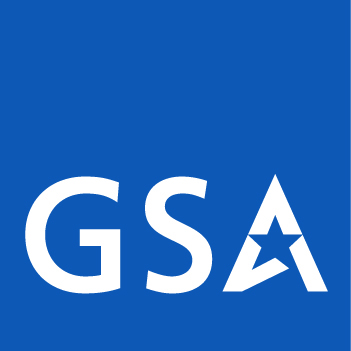From www.wateronline.com
By Peter Chawaga, Associate Editor, Water Online
In California, life for water and wastewater utilities isn’t easy. They are asked to find solutions for increasingly desperate drought conditions and to do so in ways that won’t make things worse. A new effort to keep them from contributing to climate change might not make things any easier for now, but it could make for a brighter future.
In late August, a bill sponsored by the Union of Concerned Scientists (UCS) and introduced by Senator Fran Pavley passed California State Legislature. Enrolled and presented to Governor Brown in early September, the bill “SB-1425 Water-Energy Nexus Registry,” would require the California Environmental Protection Agency to develop a registry for greenhouse gas emissions produced by water suppliers and water and wastewater treatment plants.
“According to Senator Pavley, this bill was inspired by our report ‘Clean Energy Opportunities in California’s Water Sector,’ which concluded that better data are needed to understand where opportunities lie for the water sector to contribute to California’s climate goals,” said Dr. Juliet Christian-Smith, a UCS climate scientist.
To illustrate the pollution that inspired the bill, Christian-Smith cited California Energy Commission findings that the water sector uses about 20 percent of California’s electricity and 30 percent of its natural gas to pump, treat, transport, deliver, and heat water.
In California as elsewhere, water and wastewater utilities either purchase electricity from a public enterprise or the wholesale market — in which case they have little say over how the energy is produced — or they buy it from independent providers or generate it themselves, which does allow them to choose where that power comes from.
To read more, click here.



















